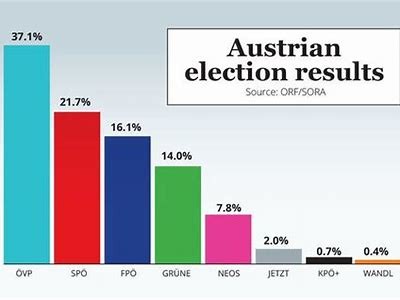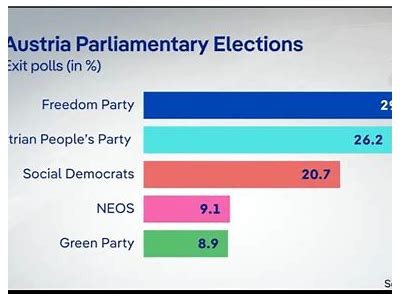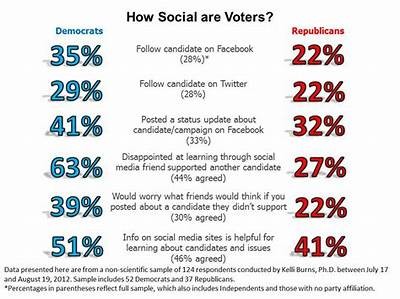Interwetten Austria Election Analysis: Understanding the Impact on Political Landscape and Predictions for the Future
Introduction
The political landscape in Austria has undergone significant changes in recent years, with various parties vying for power and influence. This analysis examines the recent elections in Austria, focusing on how these events have shaped the political environment and what predictions can be made for the future. Understanding the dynamics at play is crucial for stakeholders, including voters, political analysts, and international observers. To comprehend the current political landscape in Austria, it is essential to consider its historical context. Austria has a rich political history influenced by various social, economic, and cultural factors. The post-World War II era saw the establishment of a stable democratic system, characterized by a coalition government primarily between the Social Democratic Party (SPÖ) and the Austrian People's Party (ÖVP). However, the rise of populism and the migration crisis has disrupted this balance in recent years. The recent elections in Austria have revealed the shifting allegiances among voters and the fragmentation of the political landscape. Major events, including the COVID-19 pandemic and economic challenges, have influenced public opinion and voting behavior. In the latest election, the ÖVP emerged as the leading party, but its reduced majority indicates a growing discontent among the electorate. One of the most significant trends observed in the recent election is the rise of populist parties. The Freedom Party of Austria (FPÖ) has successfully capitalized on public dissatisfaction with traditional parties, promoting anti-immigration rhetoric and promises to prioritize the needs of Austrian citizens. This shift raises questions about the future of mainstream parties and their ability to respond effectively to the concerns of voters. Analyzing voter demographics provides insight into the changing political landscape. Younger voters are increasingly leaning towards progressive and environmental parties, while older generations show more support for conservative and nationalist parties. This generational divide emphasizes the need for political parties to adapt their platforms to appeal to a younger electorate who prioritize issues such as climate change and social justice. The current political atmosphere suggests that coalition governments will continue to be essential in Austria. The fragmentation of the political landscape means that no single party can dominate. Future coalitions may involve unexpected partnerships, as parties seek to align their interests to form a stable government. This fluidity could lead to increased negotiation and compromise in Austrian politics.
Economic Considerations
The economic situation in Austria is a significant factor influencing political decisions. Economic recovery post-pandemic remains a priority for voters, and parties will be judged on their ability to manage public finances, employment rates, and social welfare programs. Economic policy will be a crucial arena for political competition and will shape party platforms in the upcoming years.
International Relations and Foreign Policy
Austria's position within the European Union and its foreign policy will continue to affect its internal dynamics. The geopolitical landscape has shifted dramatically due to events such as Brexit and the ongoing war in Ukraine. Austria's commitment to EU policies and its stance on foreign affairs will be scrutinized by the electorate, influencing votes in future elections.
Predictions for the Future
Looking ahead, several trends are likely to shape Austria's political landscape. The rise of digital campaigning and social media will continue to influence voter engagement and mobilization. Parties that embrace technology and innovative communication strategies may gain a competitive advantage. Moreover, the growing emphasis on climate issues and social equity will compel parties to prioritize these topics in their platforms.
Conclusion
Austria's political landscape is in a state of flux, with several factors at play that will define future elections. The recent electoral outcomes suggest a shift in voter sentiment, with the rise of populism and changing demographics contributing to increased complexity. Political parties must navigate these challenges while remaining responsive to the concerns of their constituents. As Austria looks to the future, the ability to form effective coalitions and engage with voters will determine the success of political entities in this dynamic environment.
Tags





